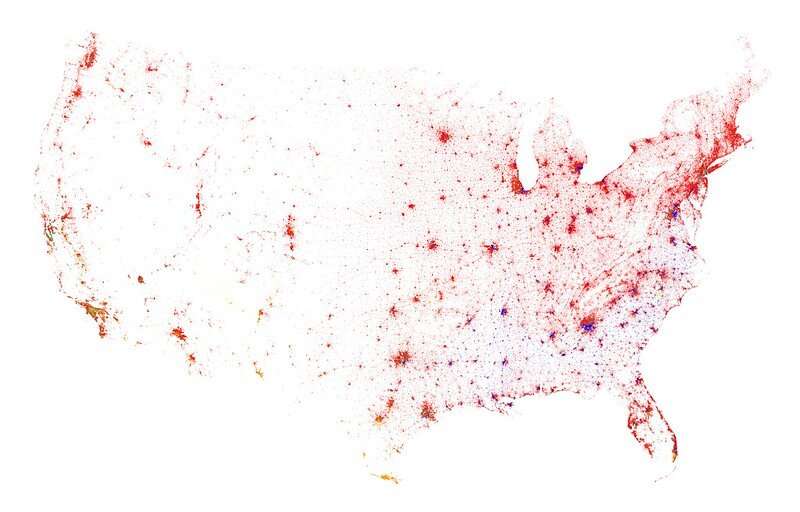New statistical model predicts which cities could become 'superspreaders'

Researchers have developed a new statistical model that predicts which cities are more likely to become infectious disease hotspots, based both on interconnectivity between cities and the idea that some cities are more suitable environments for infection than others. Brandon Lieberthal and Allison Gardner of the University of Maine present these findings in the open-access journal PLOS Computational Biology.
In an epidemic, different cities have varying risks of triggering superspreader events, which spread unusually large numbers of infected people to other cities. Previous research has explored how to identify potential "superspreader cities" based on how well each city is connected to others or on each city's distinct suitability as an environment for infection. However, few studies have incorporated both factors at once.
Now, Lieberthal and Gardner have developed a mathematical model that identifies potential superspreaders by incorporating both connectivity between cities and their varying suitability for infection. A city's infection suitability depends on the specific disease being considered, but could incorporate characteristics such as climate, population density, and sanitation.
The researchers validated their model with a simulation of epidemic spread across randomly generated networks. They found that the risk of a city becoming a superspreader increases with infection suitability only up to a certain extent, but risk increases indefinitely with increased connectivity to other cities.
"Most importantly, our research produces a formula in which a disease management expert can input the properties of an infectious disease and the human mobility network and output a list of cities that are most likely to become superspreader locations," Lieberthal says. "This could improve efforts to prevent or mitigate spread."
The new model can be applied to both directly transmitted diseases, such as COVID-19, or to vector-borne illnesses, such as the mosquito-borne Zika virus. It could provide more in-depth guidance than traditional metrics of risk, but is also much less computationally intensive than advanced simulations.
More information: Lieberthal B, Gardner AM (2021) Connectivity, reproduction number, and mobility interact to determine communities' epidemiological superspreader potential in a metapopulation network. PLoS Comput Biol 17(3): e1008674. doi.org/10.1371/journal.pcbi.1008674
Journal information: PLoS Computational Biology
Provided by Public Library of Science



















